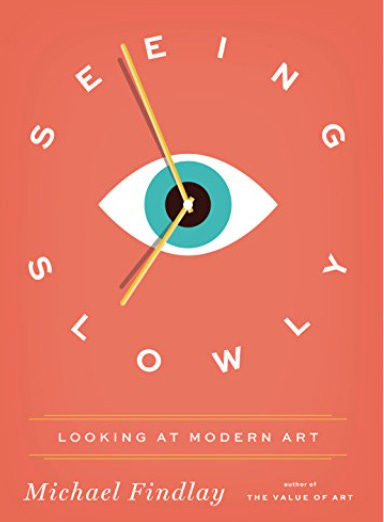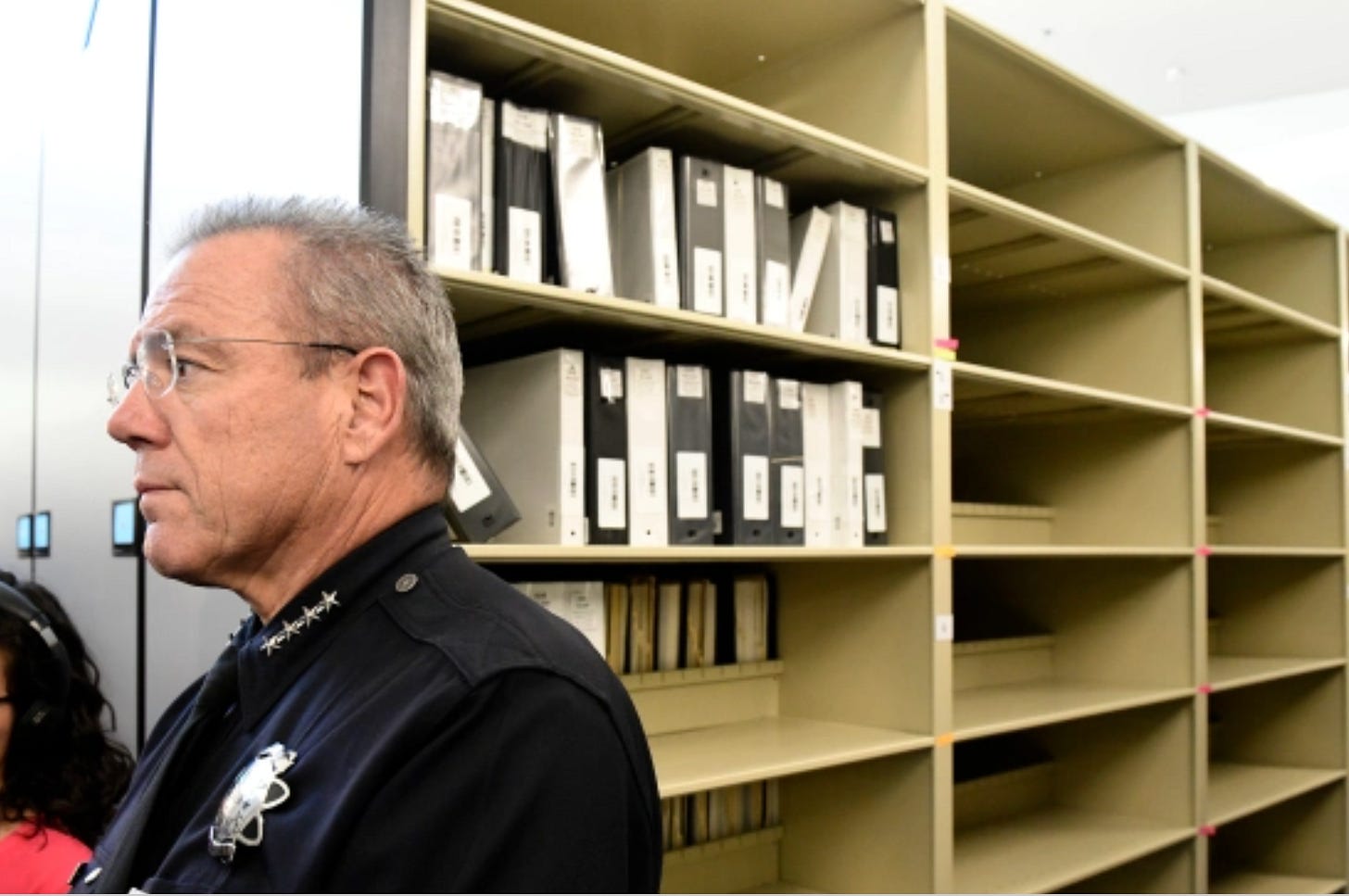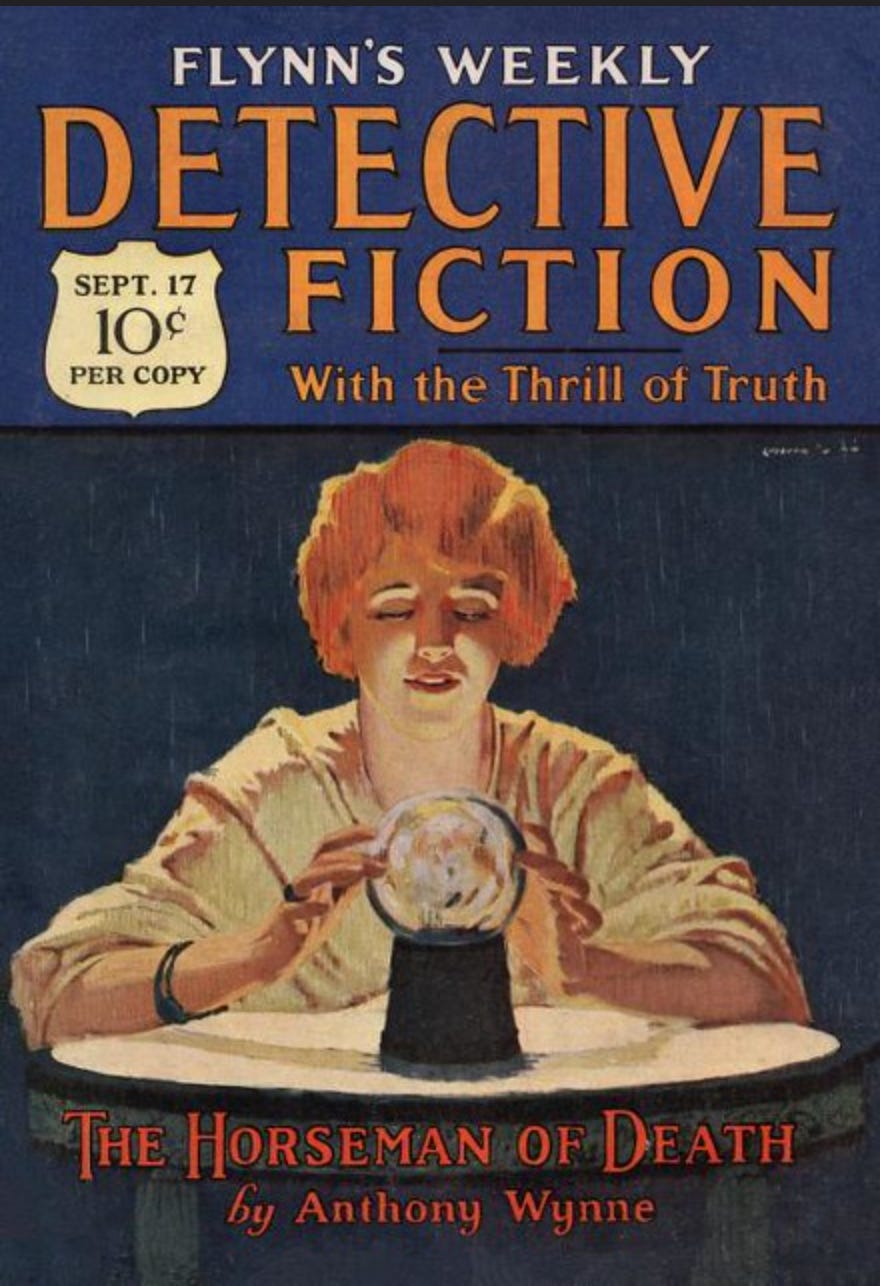Unpredictable Patterns #68: Clues and cases
Why ears matter, how working like a detective can build new knowledge management practices and the allure of working with cases
Dear reader,
Thank you for the feedback on the last note. It was great to hear that other people had similar experiences, and the subject of knowledge that slowly disappears is one that we should come back to - from ice maps to the ability to hear a northern wind, we develop forms of knowing that sit in our senses more than in our mind. We know with our hearing and sight as much as with our mental models.
This week’s note is about clues and cases, and how we approach our work. The idea of clues and case based work is old and can be traced back to both early policing and early medicine. But it is useful outside of those domains as well - and there is a real question here about whether our focus on projects may actually have obscured the usefulness of the more tentative and thoughtful approach in case studies.
Clues and cases
The world is filled with clues and ciphers - at least if we let it be. The idea of a clue contains a deeper image of the world as meaningful, connected and understandable - not easily understandable, but still — understandable. The word originally meant ball of thread - and this is reflected in some languages, like Swedish, where we speak of ”ledtråd” or ”guiding thread”.
Picking at the threads, understanding where they lead to, untangling the mystery - this is what clues are for. Clues are keys to a greater pattern that explains what seems random and arbitrary - they allow us to see more clearly what it is that is really going on here.
A clue is not a kind of data, but rather a way of looking at data. Data become clues when we order them into a coherent, explanatory pattern of some kind. And it is not any kind of data either - the idea of a clue is the idea of the non-obvious datapoint, something that we might ignore or judge unimportant in the general course of examining a problem. To look for clues is to look for that which has great explanatory power hidden in unexpected places.
Carlo Ginzburg, the brilliant micro-historian, developed this idea in a beautiful little essay called ”Clues: Morelli, Freud and Sherlock Holmes”. He tells the story of the art historian Ivan Lermolieff, translated by Johannes’s Schwarze, both later revealed to be one Giovanni Morelli, who managed to expose a number of art forgeries in the 1870s.
Morelli’s method was ingenious. Where everyone else focused on the characteristics of the great painters and judged a painting fake or authentic by the degree to which the paintings exhibited the celebrated techniques of the masters, Morelli looked at the mundane details which no-one had looked at before.
He looked at things like earlobes and fingernails - details that were often ignored by the forger and so differed blatantly from the master they were trying to copy.
Morelli’s method - still known to art historians - was about looking at details usually ignored, or - to use semiotics - signs that were thought to be thin and shallow.
We recognize this method from the detective novel - and especially from Sherlock Holmes, whose acute attention to detail is his superpower. From the dirt on a shoe to the ink stain on a shirt sleeve, Holmes unlocks knowledge from the world at what seems an exorbitant exchange rate, surprising and delighting his companion Watson with his deductions. Indeed, there is actually an Holmes story where an ear plays a pivotal role. Holmes receives a severed ear and immediately recognizes its likeness with the ear of a visitor he is hosting - deducing that the ear comes from a blood relative. Ears are as original as fingerprints, he tells us - but we rarely pay attention to them.
(When did you last study people’s ears? They are really very different, and it is amazing that we ignore the great variation in certain physical traits completely.)
And this is not just a historical example. It turns out that ears can be used to detect deep fakes as well. Shruti Agarwal and Many Farid show in their paper ”Detecting Deep fakes from Aural and Oral Dynamics” how ears change with the movement of the lower jaw, and how deep fakes are easily detectable by the absence of that dynamic. ”Statistically, the shape of the human ear has been shown to provide a biometric signal”, they note and go on to show how the lack of ear / jaw dynamics reveal a fake.
Pure Moretti and Holmes!
Looking for clues requires adopting a particular kind of seeing - a classificatory seeing that takes the observations we make and divides them up into smaller and smaller pieces. To really look, to observe, is to construct these categories and classifications. The very first note in Unpredictable Patterns was about observation as an art - and how hard it is to really observe something, and this art is what gives us the ability to find clues. Deep classificatory observation is one key to thinking well. Again, with Holmes, we can note that most of us see, but do not observe.

Looking for clues is a special kind of observation - one in which we first have to establish the conventional categories of observation - the way we usually see something - and then look at the adjacent categories, the ones that are just at the edges of observation, and carefully look at what patterns emerge from them.
Looking for clues is the art of looking at the edges of what others see.
It is also assuming that what we are dealing with is a puzzle rather than a mystery, i.e. a solvable problem rather than an ill-structured mess. Looking for clues requires that we have a concrete question, that we are pursuing a case of some kind. A case starts from a set of questions and revolves around an answer that we can describe, but do not yet know.
Cases
Thinking in cases is common in some professions, like in medical practice or criminal investigations. These fields think of their work as a series of cases that can be resolved with the right insights and through picking up on the right clues. But is this model confined to these practices? Or could we think of cases in our regular work as well? It is worth thinking about. In many instances the case method - starting from a question, using clues to seek the truth and then solving the case - is quite efficient. The inability to translate the work you do into a case also tells you something about the nature of the problems you work with - are you working mostly with mysteries? Or are you working with puzzles?
Of course, not all work is about solving cases - there is work that is about building something or explaining something and it seems farfetched that this could be fitted into a case format. But a surprising amount of work can be approached in a case-like manner, exploring the task ahead much as a detective puzzle, carefully examining all the angles and problems that you face.

A part of the case-based method of work is keeping notes of different kinds. Writing a case book might be more applicable than you think, and for looking for clues at the edges of the commonly observed keeping notes is surprisingly powerful.
The notes we keep allow us to engage our mind at its very deepest levels, and sets it working even when we sleep. If you keep no notes in your work you are denying yourself the opportunity to really let the work sink in. You are also less likely to make surprising discoveries, so a case notebook is strongly recommended.
Ginzburg notes that Sigmund Freud recognized Morelli’s method as very close to his own, and that Freud even wrote about the art historian:
”I was then greatly interested to learn that the Russian pseudonym concealed the identity of an Italian physician called Morelli, who died in 1891 with the rank of Senator of the Kingdom of Italy. It seems to me that his method of inquiry is closely related to the technique of psycho-analysis. It, too, is accustomed to divine secret and concealed things from unconsidered or unnoticed details, from the rubbish heap, as it were, of our observations.”
Freud as quoted in Ginzburg, Carlo. Clues, Myths, and the Historical Method (p. 90). JHUP. Kindle Edition.
Closer examination of observations thrown away as meaningless led Freud to the idea of psychoanalysis, and even if psychoanalysis is out of fashion these days, Freud’s method - looking thorough the rubbish heap of our observations - remains powerful. We can disagree with what he brought out of that heap without disagreeing with need to look closely at observations we have thrown away.
There is something alluring about working in cases, and looking for clues. We notice this not least in the huge demand for detective stories and crime stories. The drama set in hospital environments suggests the same thing: we are fascinated by the the case and clue model of the world. Why is this? What is it about the detective and the doctor that is so interesting? Why do we spend hours reading about how they work?
Maybe the answer is that there is - within all the complication - a deep simplicity in this kind of work. There is an answer, and the only thing you have to do is to look closely for it. Everyday work rarely feels like that, and we often end up doing just ”one damn thing after another” until the day has faded away.
And when we try to structure our time, we end up gravitating to another form of work. The absolutely dominating form of organization for knowledge intensive work remains the project.
Projects and cases differ in a few important ways.
First, a project assumes that a goal can be set at the outset. Project seek to accomplish objectives, and these objectives are assumed to be clear, or at least possible to articulate at the outset. Cases start from a question or a puzzle, and start to look broadly for more data.
Second, projects are made not found. Cases are found or presented to the person working with them. A doctor does not set out to make X well, but X comes to the doctor to find out what is wrong with them - and then the diagnosis work follows. Approaching a problem as a case means first understanding it, and then suggesting how it can be solved. Approaching it as project means first suggesting the outcome needed and then proceeding to seek that outcome with whatever means necessary.
Third, this affects the working methods we employ. In a project a lot of the shaping and creative work is done at the outset and then there are project meetings looking at if we are meeting milestones or not. In case work, the work emerges from observations and following clues, and remains creative through-out.
The case working method ignores no data, because we do not know what will turn out to be important. We actually know that the rubbish heap of data is likely to turn up clues which will allow us to reframe the entire problem in interesting ways. Project work has a predefined interest in certain data sets set out in the beginning, and so focuses on these.
Working a case means keeping daily notes, looking into hunches, following tangents and exploring different mental models. Running a project means keeping to the Gantt-chart and meeting the milestones (or crafting ingenious excuses).
Ok, so I exaggerate slightly - but there is a difference here that is worth thinking about closely!
There are some contexts shifting to a case based model has turned out to be extremely helpful. One of the best examples is education. Case-based education has been around for quite some time now, and has shown itself very helpful, and not just in medicine and law - but across a wide array of different disciplines.
The method is slowly spreading to other fields as well. Case based education is one example of the more general field of case-based reasoning, where researchers are encouraged not just to work as if they were solving cases, but also cataloging and using other cases to explore their current problem.
This requires compiling cases over time, and writing them up, as well as continuously revisiting them to see if there is more that can be extracted as the number of cases grow.
Imagine having a case book for the company you joined, where you could find significant earlier experiences written up, with key lessons and challenges? It would be a powerful way to get to know the organization, and it would also create a powerful shared model of reality.
The organization would - in some sense - grow as a case book, and you could add your cases as well! And you could easily share references, just like we share references to Sherlock Holmes’ different cases.
The thing is that if we are asked we probably can think of at least 5-10 such cases already - but they have not been captured as cases and shared. Such informal or unarticulated cases are still helpful - but it is when we start to treat them formally as cases and show how they unfolded, that we can really start learning from them.
And when we write them up we should also be able to spot the clues that we were given over time! What should we have picked up on? What did we miss? Writing a case should also mean carefully charting clues - observed and missed - that could have led to another outcome. Writing post mortems or retros usually focuses on where things went wrong, but not on the clues which were never picked up - and that is a missed opportunity.
As an aside: case studies are sometimes classified as qualitative research, as opposed to quantitative research, and there are some who mistakenly think this means that case studies are less scientific. The tension between qualitative and quantitative research is largely an academic one, and should not confuse us into believing that there is less value in a well written case than in a statistical analysis.
In both cases, it is down to the researcher asking the right questions, making the key observations and following the clues to some kind of insight.
So what?
Approaching your work like a detective may sound fanciful, but it can be surprisingly useful. Focusing on observation, data collection and the careful exploration of patterns of clues is especially well suited to complex problems in social systems of different kinds, where causal relationships can be counter-intuitive and even shift over time.

Accumulating cases over time allows us to transfer knowledge more easily, and it also allows us to see macro patterns: are we typically ignoring certain categories of data? Are we regularly missing obvious clues?
Maybe an idea for your next offsite would be to invite a criminal investigator or a diagnostics expert to ask them how they work? How they approach writing case notes, and what they look for in other case notes? Exploring the cognitive styles and models of other professions is something we do far too rarely.
If nothing else, life becomes more fun if you assume that it is full of clues! Karl Jaspers is said to have noted that our failures are ciphers from God. I prefer to think of them as clues to how we can change.
Thank you for reading!
Nicklas





Just think like a Bayesian! :)
Your Sherlock Holmes reference reminded me of part of an essay Clay Shirky wrote almost 2 decades ago explaining why he thought the semantic web was ill conceived. (tl;dr Holmes does a kind of eliminative deductive reasoning that simply does not work in practice. Not sure what the analytic philosophers would say, but I'm quite sure there are a lot of relevant connections to make there.) https://www.karmak.org/archive/2004/06/semantic_syllogism.html